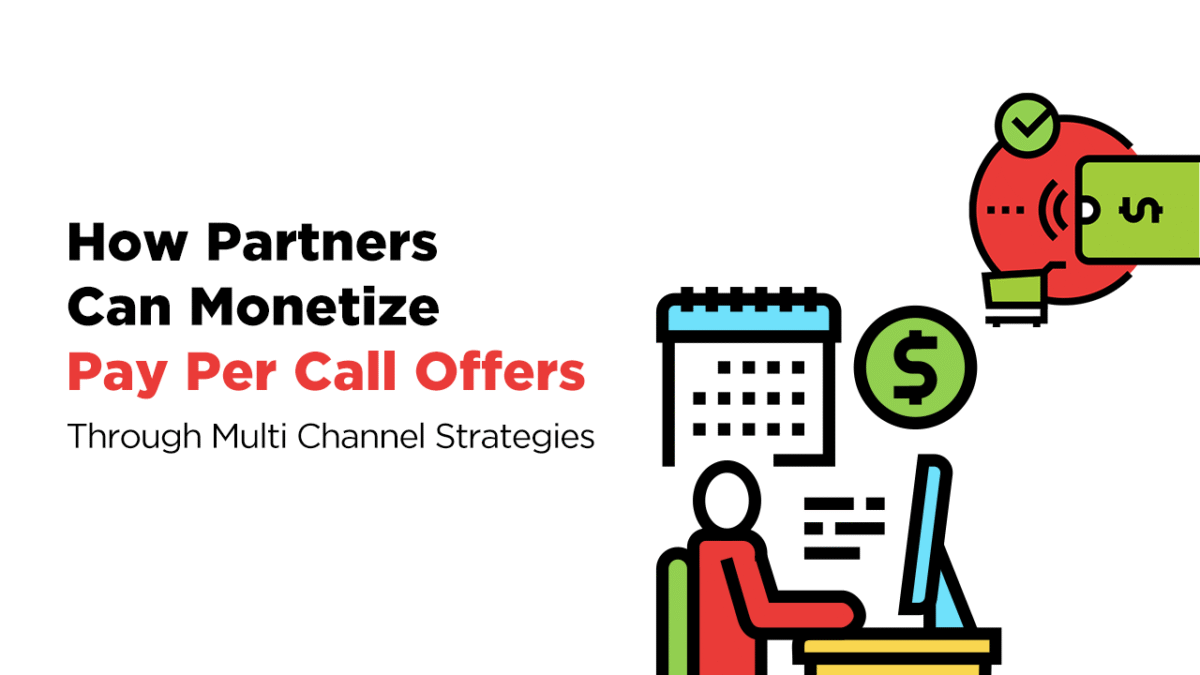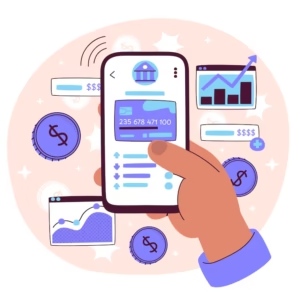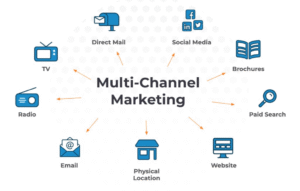
Remember when newspaper ads could drive sales with just one headline and a phone number?
In today’s world, that just does not cut anymore, given our shrinking attention spans, and it is difficult to gain that trust.
Because pay-per-call marketing offers real-time, trust-building conversations that convert considerably better than clicks, it is making a big comeback. To fully realise its potential, however, you need a clever multi-channel approach that reaches users wherever they are and encourages them to call.
Pay-Per-Call (PPC) advertising has developed into one of the most effective performance marketing strategies as of 2025. Why? Because a prospective consumer is typically prepared to make a purchase when they answer the phone. And such intention is genuine gold.
The hitch is that signing up for a Pay-Per-Call affiliate marketing alone is insufficient. You must use more than just simple traffic tactics if you truly want to unlock those high commissions. In order to generate high-quality calls that convert, multi-channel strategies combine a variety of offline and online marketing techniques.
This blog serves as a comprehensive guide for making money off of Pay-Per-Call campaigns through a variety of channels that are high in conversions. Whether you’re a media buyer, affiliate, or performance marketer, we’ll break down what scales, what works, and how to put everything together so that commissions keep coming in.

Before we dig deeper into the world of multi-channel strategies, let us understand why PPC campaigns are so hot right now.
To put it briefly, PPC is the conversion king and not simply another lead generation technique. However, even the best offers fail if they are not fed by the proper channels.
Using a variety of marketing channels, including search, display, social media, email, native advertisements, offline media, and even influencer marketing, to generate targeted phone calls to a business is known as a multi-channel strategy.
The objective? Provide several points of access for prospective clients and direct them towards a single action: dialing that call.
You diversify rather than depending just on one source of traffic (such as SEO or Google Ads). Why? Due to:
Let’s now dissect the primary channels that pay-per-call advertisers now use.
You are losing out on money if you are not using Google Ads for your PPC offers.
This is the reason search ads, especially call-only campaigns, are created. When users see your advertisement, they select “call” directly from the SERP rather than clicking through to a landing page.
Why it works: You’re catching users right at the moment they need help, and giving them the fastest way to act.
Social media is now a great tool for generating phone calls, particularly when the offers are emotive or local.
“Tap to Call” CTA buttons are a great addition to Facebook and Instagram ads. These are excellent for:
Use testimonials, carousels, and movies to establish credibility before requesting a call.
Organic Tactics
Native ads are paid advertisements that seamlessly blend in with the form, feel, and function of the platform they appear on, making them look and read like regular content rather than traditional ads. When done well, they don’t feel like advertisements at all and instead become part of the user experience.
You can write articles with an instructional bent, such as:
Finish with a compelling call to action that includes your tracking number or a click-to-call button.
Bonus: Seniors or less tech-savvy customers who prefer phone calls over forms respond very well to native ads.
Email marketing can be a sleeper hit for pay-per-call advertising, despite not being the most visually appealing channel.
Assume you have created or purchased a list of potential customers in a particular market (such as home improvement or Medicare leads). Ask them to call right now for immediate answers rather than filling out a form.
Magic is the result of a strong subject line, a succinct, snappy email body, and a “Call Now” call to action.
Pro Tips:
When paired with other channels, such as generating opt-ins from social media or search, this strategy performs admirably.
Search Engine Optimisation (SEO) can develop into a viable strategy for earning Pay-Per-Call commissions without investing in advertisements if you’re looking at the long term.
Here is what to concentrate on:
Local SEO is powerful for verticals like:
Once your pages rank, calls can come in like clockwork.
If you believe that influencers are just used by fashion brands? Rethink again.
Micro-influencers in the home, financial, and health sectors might get calls from devoted followers based on trust.
Consider a reputable influencer in elder care saying, “Call this number, I’ve personally screened them, if your loved one needs assistance enrolling in Medicare.”
The effect? Instant traffic that is ready to convert.
Try specialised forums like Quora, Reddit, or particular Facebook groups as well. Provide insightful responses along with a gentle call-to-action. Make sure it doesn’t seem spammy, though.

This is the most important lesson to learn from this guide: Successful marketers create whole ecosystems that generate high-quality calls from various directions rather than depending only on one channel. Every channel, including email blasts, Facebook advertisements, TikTok videos, native content, and Google search, has a distinct function in generating intent-driven phone calls that result in conversions.
However, you need more than just traffic to scale that kind of campaign. To ensure that every call is worthwhile, you need the appropriate resources, deals, and assistance. That’s precisely what vCommission is for.
As one of the most trusted affiliate networks, vCommission equips you with:
In 2025, how can one always succeed at promoting PPC offers?
You use many channels. You change up your approach. And you work with a partner like vCommission that provides you with the infrastructure and knowledge to scale them expertly in addition to giving you access to fantastic incentives.
Because those high-intent phone calls don’t just arrive, they convert when you have a multi-channel strategy and vCommission as your partner.
Are you prepared to convert calls into commissions? Get access to high-converting PPC ads, real-time tracking, and professional assistance to expand across many channels by partnering with vCommission right now. Now is the time to start making more intelligent money!